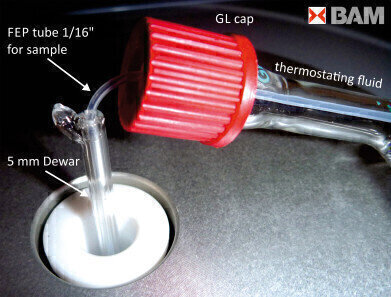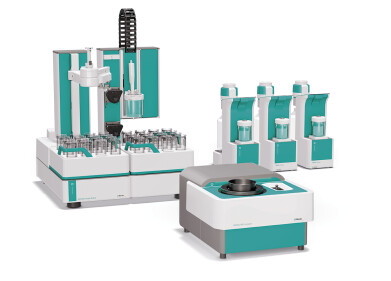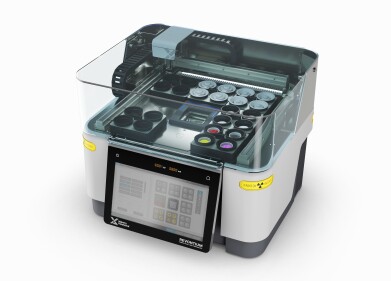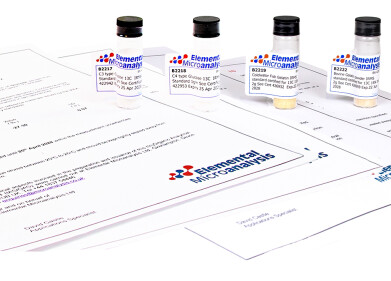Mass Spectrometry & Spectroscopy
Report on Benchtop NMR system use at the BAM Federal Institute for Materials Research and Testing
Apr 03 2014
The BAM Federal Institute for Materials Research and Testing operates under the guideline ‘Safety in Technology and Chemistry’. This defines tasks with the main emphasis on development and provision of CRMs, development and validation of complex analytical methods, methods for the assessment of analytical laboratories, and establishing and fostering national and international networks committed to the assurance of quality, reliability and comparability in analytical chemistry.
Dr Michael Maiwald and his colleague, Nicolai Zientek, MSc, use NMR in their daily research and development work. They use a high frequency 500 MHz online NMR spectrometer as their reference instrument. They ‘hyphenate’ NMR with conventional online analytical techniques such as NIR, Raman, UV/VIS spectroscopy and, in particular, medium resolution NMR spectroscopy. As Dr Maiwald said: “Our aim is to develop techniques to bring the benchtop lab instruments ‘into the plant’ and to show (in projects) how MR NMR could already be used for technical applications like online reaction monitoring. This led us to the acquisition of the Spinsolve Benchtop NMR spectrometer from Magritek.”
Asked why his group selected to use the Spinsolve, Dr Maiwald said: “We were impressed with the spectra – the symmetrical line shape and narrow line width was achieved even in technical mixtures. This is due to the use of Halbach magnets. The stability we observed over a given period of time without preparing the instruments was extremely good. We have seen that the Spinsolve remains working in specification for as much as 48 h in a technical environment. Pre-magnetisation below the active region of the magnet is important to us for online measurements. As far as we see, the instrument meets this requirement.”
Describing the projects to date, Dr Maiwald, said he has used the Spinsolve for flow-through reaction monitoring experiments. These have included the simultaneous observation of 1H and 19F in an esterification reaction. This was observed within 1/16” FEP tubing using a 5 mm outer diameter Dewar insert to keep the elevated reaction temperature. Looking ahead, Dr Maiwald and his group are planning to further improve online reaction monitoring with medium resolution NMR spectroscopy and develop automated data preparation and data analysis tools by developing chemometrics and automated signal processing tools.
Digital Edition
Lab Asia 31.2 April 2024
April 2024
In This Edition Chromatography Articles - Approaches to troubleshooting an SPE method for the analysis of oligonucleotides (pt i) - High-precision liquid flow processes demand full fluidic c...
View all digital editions
Events
Apr 22 2024 Marrakech, Morroco
Making Pharmaceuticals Exhibition & Conference
Apr 23 2024 Coventry, UK
Apr 23 2024 Kintex, South Korea
Apr 23 2024 Seoul, South Korea
Apr 24 2024 Jakarta, Indonesia




.jpg)













